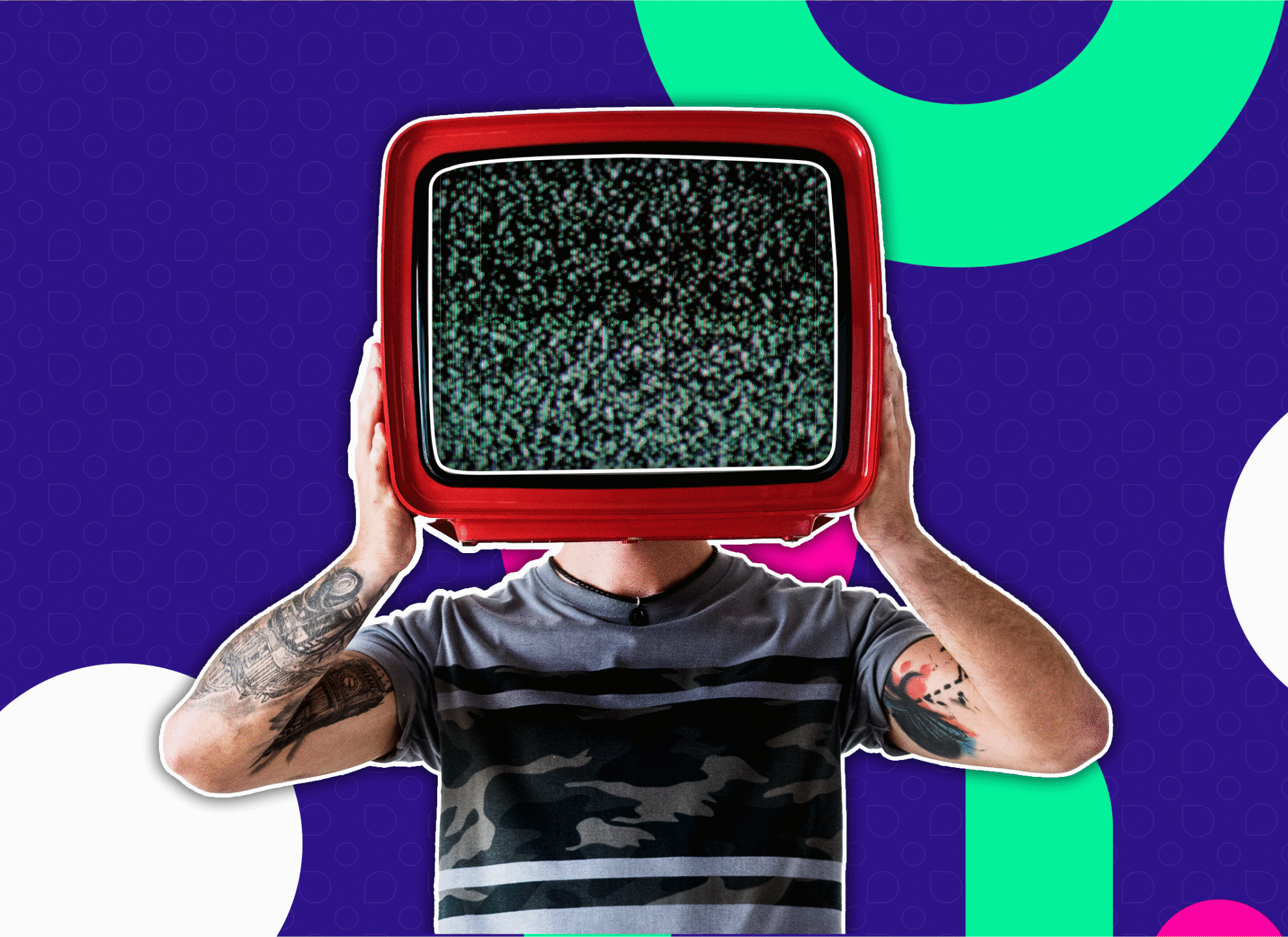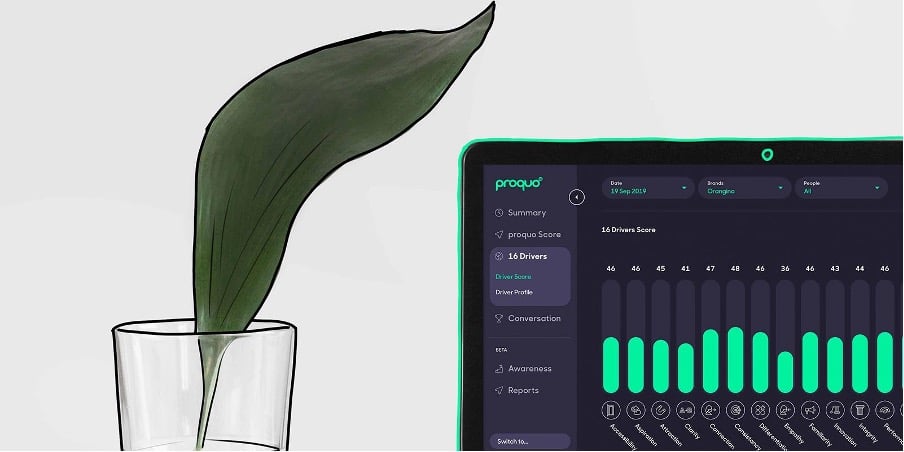Posted on April 10, 2021
Updated on March 13, 2023
5 min read time

Building brand awareness is no easy feat. To resonate with your target audience, you’ll need a memorable, captivating media campaign.
How you execute this campaign will depend on the size of your brand’s budget, but the general rule of thumb is to consider both big-burst activity and always-on media, to achieve optimal results.
We’ve laid out the steps below, to show you exactly how to plan an effective media campaign to reach your goals.
Before spending the big bucks on any media campaign, first define your target audience. Your media won’t stand a chance if it’s not relevant to the group you are trying to attract. Your messaging, creative assets and choice of channels all need to appeal and resonate with the specific group you want your media to have an impact on.
Think about the people who are most likely to want your product or service. Then try to segment this down to a more detailed group to be as accurate as possible. How you divide your audience will depend on the objectives of your campaign.
Once you have your core audience it’s easier to identify opportunities to reach them on mass. If your target audience consisted of sporting betters for example, you’d have the most luck advertising at a wide-scale sporting event.
Promotions
Promotional campaigns are a powerful vehicle to increase brand awareness, as they draw in a large quantity of people who otherwise would not have tried your product. They’re done best through targeted and controlled activity.
To avoid losing money through promotions, make sure to focus your offering on the group of people most likely to want your products or service. You do not want to draw in people that will immediately leave your brand behind the second you revert back to full price, so it may be more effective to create targeted promotions for your existing customer base. These could range from loyalty programmes to referral schemes.
In doing so, you’ll steadily grow your brand's awareness through existing customers, who already enjoy your services. Encouraging them to spend more may provide better results, compared to a large-scale advertising campaign where you have less control over who sees your offer.
Brands can also bolster awareness through burst campaigns - executing intensive campaigns over a short period of time, across many touchpoints to boost the visibility.
Burst campaigns need a killer creative at their helm, which must be smart, surprising and delightful to grab attention. The message needs to be optimized and targeted with a clear call to action to compel consumers to carry out a specific task or goal. Burst campaigns should aim to create an emotional connection. If the campaign is too rational it won’t penetrate its intended target audience.
It’s important with burst campaigns to have clustered touchpoints. Your aim should be to hit the same consumer multiple times within a tight timeframe. This can be done through OOH campaigns, social media strategies, newspaper ads or TV.
So how do you know when the right time is to launch a burst campaign? Allow your product innovation pipeline to guide you. Whenever your brand is launching a new product, that’s your chance. Or you could try to own a social, cultural or political moment, aligning your brand with a specific event to springboard awareness.
The event or moment you pick must be relevant to your brand. Capitalizing on the buzz of a random event, like the Superbowl, won’t impact your brand if it’s not tied closely with the event. There must be synergy between the event and your brand for it to work.
Alternatively, you could be more selective about when to advertise, focusing on moments when your competitors are quiet so you can cut through the noise of your category. To do this, you’ll need to know what your competition are up to at all times.

ProQuo, the only brand management platform providing real-time intelligence on your brand and competition to show you how to get ahead. Use it to stay up to date with the latest movements in your category and to understand which actions to make to maximize your success, against your competition.
Always-on is the engine that drives everything. It provides a testing environment for marketers to use to constantly refine their activities, in line with their target audience. It can help to optimize messaging and ensure touchpoints are effective.
To create a valuable always-on campaign, lean on your digital platforms and conduct A/B testing to identify the routes to take. Play around with your creative assets and messaging. One of the biggest risks of always-on is becoming stale, so constantly reinvigorate your artwork and content to stay new, but make sure it’s always rooted in your core consumer needs and benefits.
Always-on is all about timing and knowing your audience. Consumers are more likely to remember a brand if they have a consistent association with them in a particular moment, time or occasion. If you were an energy drink for example, and were trying to cut through the noise, you may try to associate your advertising with specific times of day. If your ads were targeted just when consumers needed a boost of energy, this might be the most effective way to garner awareness.
Always-on media goes hand in hand with the big burst approach. Your burst campaigns will only be successful if you have already executed a killer always-on campaign prior to launch. Always-on ensures your creative assets, touchpoints and target audience are optimized before you spend on a costly ad campaign. If this goes untested, you run the risk of attracting the wrong type of customers, or your messaging may not land.
There are a few important considerations Brand Managers should keep in mind when building brand awareness:
After a brand gains awareness, it must maintain momentum to make sure its progress is sustained in the long-term. Continue investing in a low-maintenance, constant level of always-on activity, to remain memorable to your customers and to engage new customers. When you see your brand's awareness waning, you’ll know it’s time to implement a strategic burst campaign to create new buzz around your brand and product offerings.
To master brand awareness, you need an understanding of how your brand is performing against the movements of your competition and category. With ProQuo’s custom action-plans driven by AI-powered real-time analysis, you’ll know exactly what to do to improve your awareness at any given moment.
This will help make the most of your marketing spend by executing campaigns only at optimal times, and focusing on the right areas to grow your brand. Next time you go big-burst, you’ll have the confidence to know your actions will have a definite impact on your brand.
Why not take a look around? Get a free test run below.
Our intelligent platform will take your brand further, faster.
Don’t believe us?
© 2020-2023 ProQuo AI International
All rights reservedWebsite by Blend